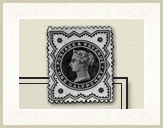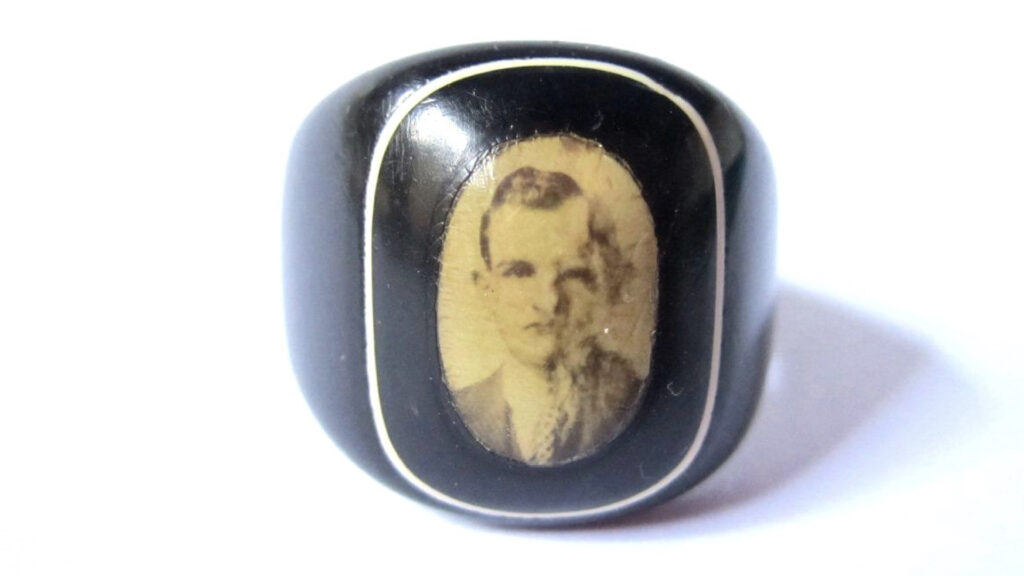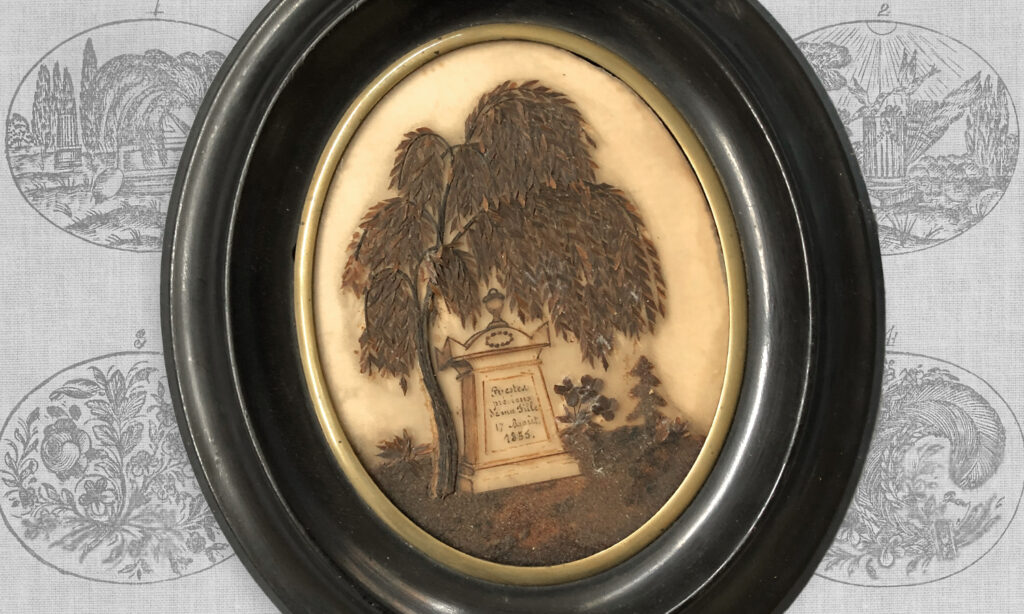A Look Back on Ephemera

Mourning (or funeral) cards are among the most prolific of mourning items and also the least expensive. Their intrinsic value, however, is exponential and their message is often one of a personal nature that can easily be disseminated throughout any region via mail.
Memorial cards have been in use long before other items were employed, as letters announcing deaths can verge on the ancient.
For the purposes of this website, a look at the rise of memorial cards within the industry and their use today is applicable.
Often with prayers or biblical verses written on the card, funeral cards could be purchased and customised to fit the occasion, with the opportunity for a photograph of the deceased (not a post mortem photograph), placed upon the card. DeLorme gives the account of H. F. Wendell who produced cards in multiple languages and employed women around the United States to ‘gather obituary notices and submit them to the company for a penny apiece.1’ From there, the company would print a sample card and send it along with ‘literature to the family of the deceased for placing orders.’ Cards, being cheap and relatively easy to produce were the backbone of an industry that could appeal to all classes through different items from the pauper to royalty. Mourning stockists, such as Jay’s Mourning Warehouse on Regent Street, London (a noted milliner) is another fine example of the industry at its height with ‘funerals, at stated charges, conducted in London or Country’, showing just how powerful the industry had become, funerals and their surrounding paraphernalia had industries that thrived. In Australia, the Mourning Card Co. was popular from the 19th to the 20th century.






